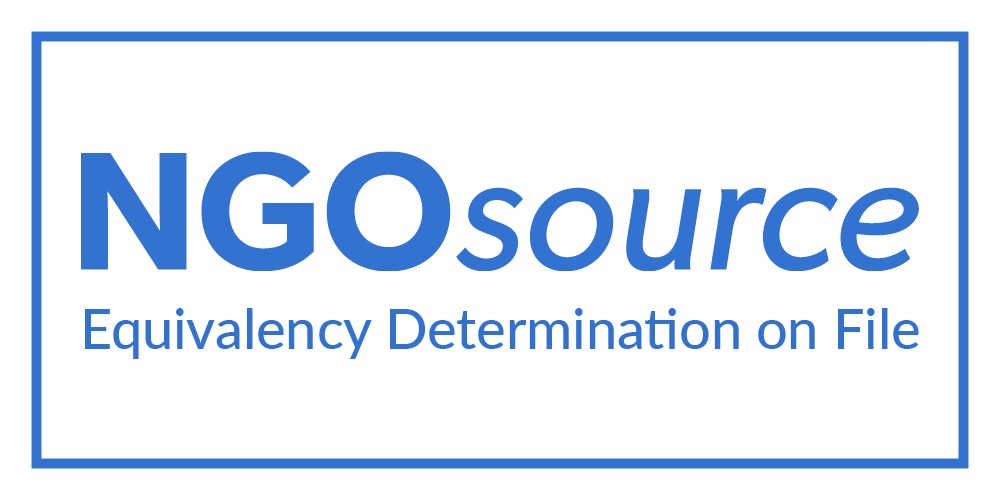Poverty measurement relies on two key indicators. First, we must assess how much resources a person possesses—whether in the form of consumption, income, or assets. Second, we need to determine the poverty line: the minimum threshold of resources required for a decent standard of living. Anyone whose resources fall below this threshold is categorized as poor.
It’s crucial to remember that these two aspects must be estimated together. Accurate measurement of resources must be accompanied by a proper determination of the poverty line. In other words, we cannot measure poverty merely by reformulating the poverty line for example, by increasing it nominally from 2 USD to 6 USD per day without also revising the way we measure people’s resources.
The current poverty measurement used by Statistics Indonesia (BPS) faces serious problems on both fronts: how the poverty line is determined, and how individual resources are measured. These issues cannot be solved by simply tweaking statistical formulas. What’s needed is a fundamental redefinition of how we understand poverty and for what purposes poverty data is actually used.





